Eco-friendly slippers are no longer a niche product. By 2025, global retailers, e-commerce brands, and distributors1 increasingly demand sustainable materials—not only to meet consumer expectations but also to comply with EU and US regulations.
This guide highlights the top eco materials2 used in slipper manufacturing, their specifications, certifications, and practical buyer tips.
Looking for a complete supplier selection process? See our China Slipper Manufacturer Buyer’s Guide.
1. Why Eco-Friendly Materials Matter
- Consumer demand3: Millennials and Gen Z favor sustainable products.
- Compliance: EU REACH, GRS, and FSC requirements4.
- Brand image: Eco materials improve retail positioning.
- Market edge: Buyers increasingly ask for “eco claim + certificate” in RFQs.
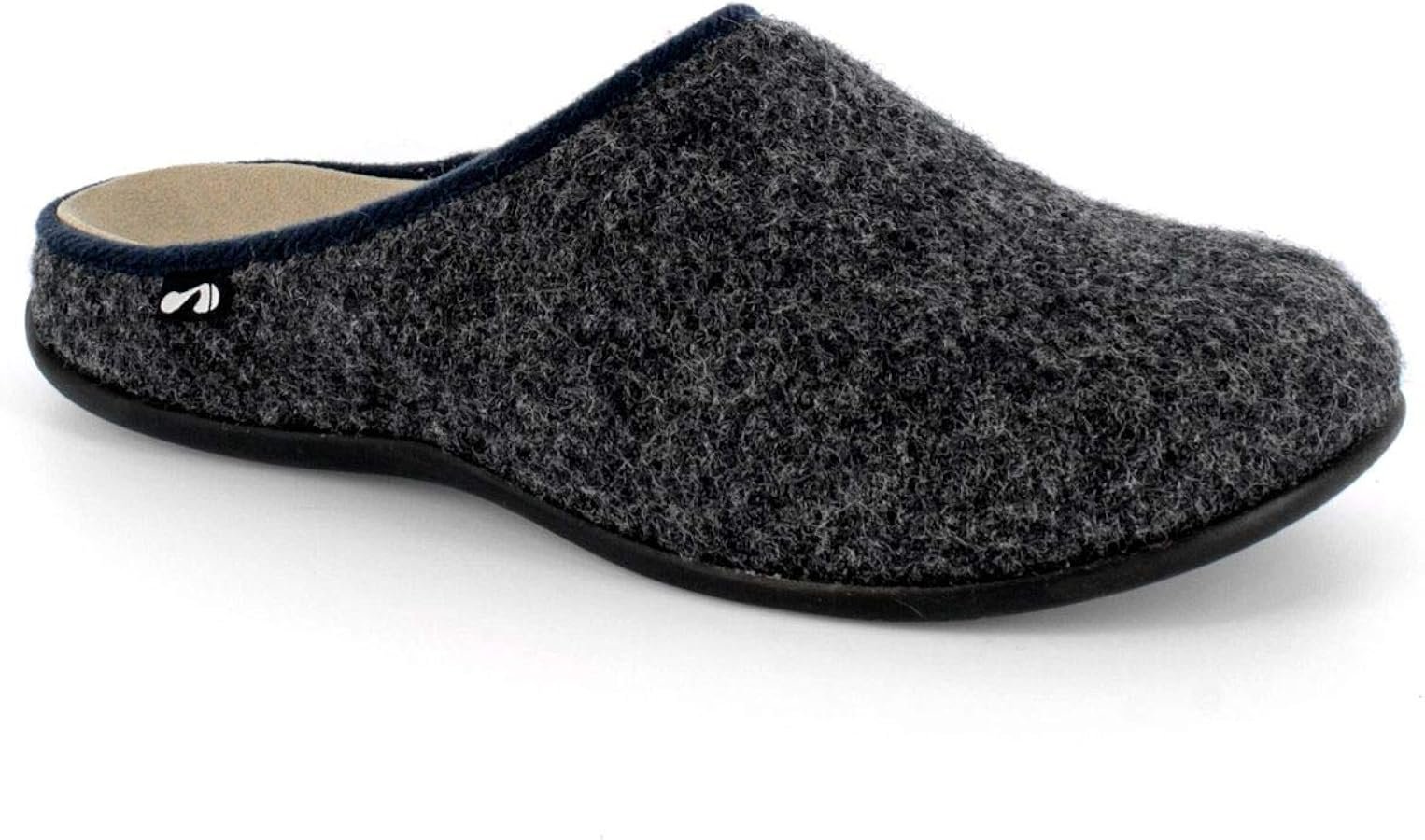
2. Core Eco-Friendly Materials for Slippers
🟢 Recycled EVA (rEVA)5
- Density: 0.15–0.25 g/cm³
- Hardness: Shore C 45–60
- Recycled content: ≥20% recommended for credible eco claims
- Pros: Lightweight, flexible, durable, cost-effective
- Applications: Outsoles, midsoles, molded slides
- Buyer note: Always request a test report for recycled content percentage
🟢 Recycled Polyester (rPET)6
- Yarn: 100D/150D
- Certification: GRS verified
- Pros: Strong, soft touch, color fastness, moisture resistant
- Applications: Slipper uppers, linings, straps
- Buyer note: Ask for GRS Transaction Certificates (TCs) with every order
🟢 Bamboo Fiber7
- GSM: 180–220 g/m²
- Pros: Naturally breathable, antibacterial, soft hand-feel
- Applications: Indoor slippers, summer footwear, eco branding lines
- Buyer note: Check pilling resistance and wash stability
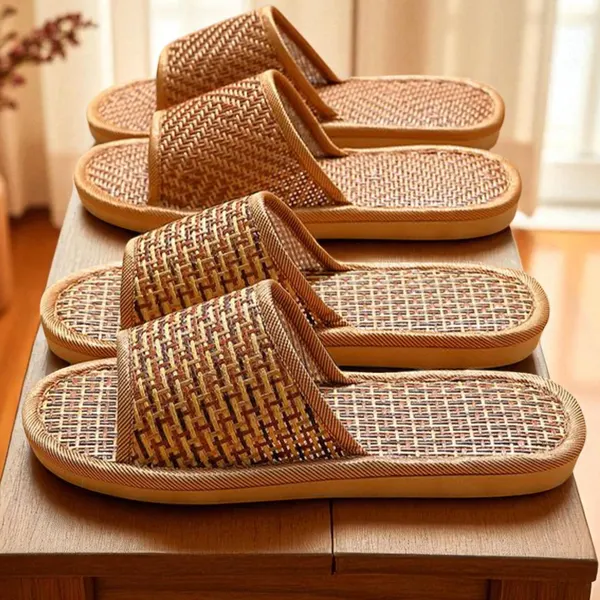
🟢 Organic Cotton8
- Certification: GOTS (Global Organic Textile Standard)
- GSM: 160–220 g/m²
- Pros: Renewable, widely recognized eco-label, skin-friendly
- Applications: Linings, uppers, insole covers, packaging cloth bags
- Buyer note: Ensure GOTS scope certificate is valid and current
🟢 Cork & FSC Packaging9
- Cork: Renewable material, moisture-resistant, used in footbeds and insoles
- FSC Packaging: Cartons, tags, labels certified under FSC chain of custody
- Buyer note: Crucial for EU buyers undergoing sustainability audits
3. Eco-Certifications Importers Must Know10
- GRS (Global Recycled Standard): Verifies recycled content and chain of custody
- GOTS (Global Organic Textile Standard): Verifies organic fibers like cotton
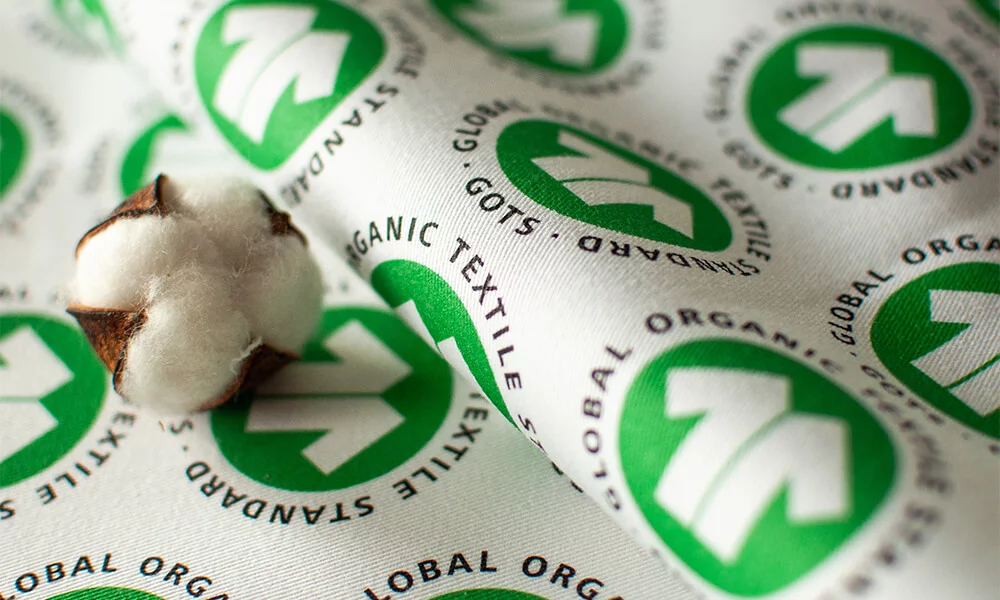
- FSC (Forest Stewardship Council): For packaging, cork, paper-based products
- OEKO-TEX Standard 100: Ensures textiles are free from harmful chemicals
- ISO 14001: Environmental management system certification for factories
4. How Importers Can Verify Eco-Claims
- Request Transaction Certificates (TCs) for GRS and GOTS orders
- Ask for lab test reports on recycled content
- Verify supplier’s FSC scope number online
- Beware of vague “eco” claims without documentation
5. Case Example: Eco-Focused Supplier in China
Ningbo Cotton Slipper Co., Ltd. (Zhejiang, China)
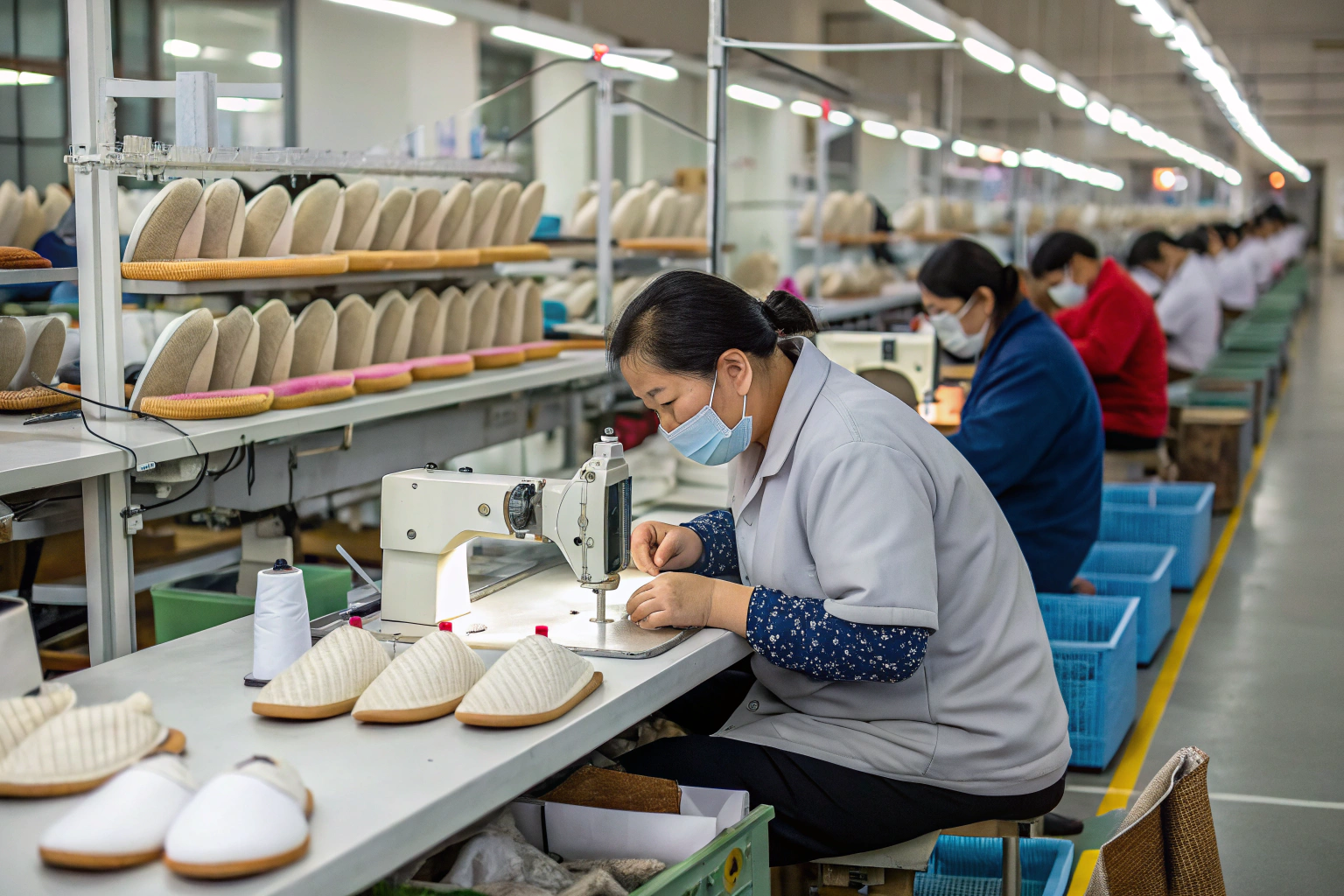
- Materials: rEVA (≥20% recycled), rPET fabrics, bamboo fiber, organic cotton, cork footbeds, FSC-certified packaging
- Certifications: ISO 9001, ISO 14001, BSCI, GRS
- Production Capacity: 600,000 pairs/month, with 50–60k pairs in ready stock
- Strengths:
- Low MOQ: 500–1000 pairs per style
- Fast sampling: 7–10 days
- Eco claims backed with certificates
→ Request your eco material sample kit within 48 hours.
6. FAQs (Eco Materials for Slippers)
Q1: What’s the minimum MOQ for eco slippers?
Usually 500–1000 pairs per style, depending on material availability.
Q2: Do eco materials cost more?
Yes, typically 8–15% higher than conventional materials, but buyers accept the added value.
Q3: Which eco material is best for summer vs. winter?
- Summer: Bamboo fiber, rPET mesh
- Winter: Organic cotton, fleece, cork footbeds
Q4: Are eco slippers as durable as conventional ones?
Yes, when proper densities and GSM specs are met. Always confirm with wear tests.
Q5: Can I mix eco materials in one order?
Yes, many importers combine rPET uppers with rEVA soles and FSC packaging in a single PO.
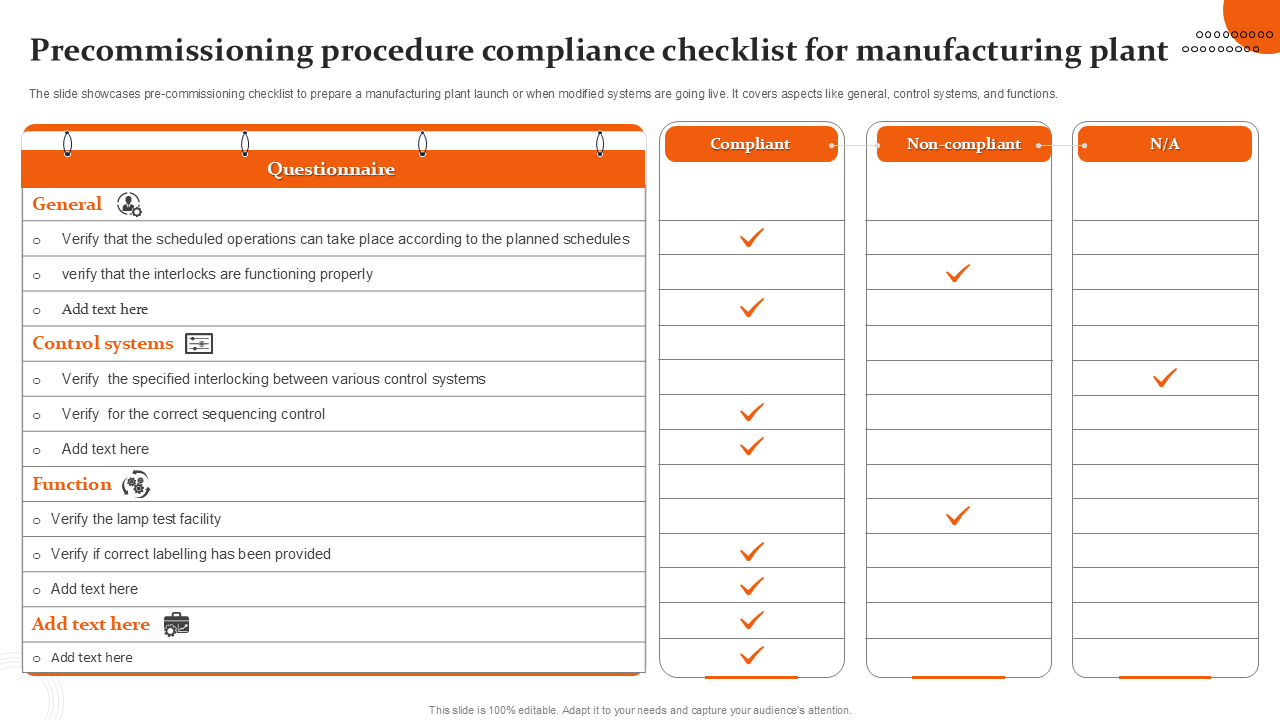
7. Conclusion
Eco-friendly slippers are no longer optional. Global importers and retailers now require documented eco materials backed by certifications.
Those who act early secure market advantage and build trust with both regulators and consumers.
→ Contact Ningbo Cotton Slipper Co., Ltd. to request your eco sample kit and wholesale price sheet today.
-
Explore insights on how major retailers are adapting to eco-friendly demands and consumer expectations. ↩
-
Learn about the best sustainable materials for slippers and their benefits for eco-conscious consumers. ↩
-
Understand the impact of consumer preferences on the growth of sustainable products in the market. ↩
-
Get detailed information on important regulations that affect the eco-friendly product industry. ↩
-
Discover the advantages of rEVA and its applications in creating sustainable footwear. ↩
-
Find out how rPET contributes to sustainability in the fashion and footwear industries. ↩
-
Explore the unique properties of bamboo fiber and its role in eco-friendly footwear. ↩
-
Learn about the significance of organic cotton and its certifications in sustainable manufacturing. ↩
-
Understand the role of cork and FSC-certified packaging in promoting eco-friendly practices. ↩
-
Get informed about essential eco-certifications that ensure product sustainability and compliance. ↩

